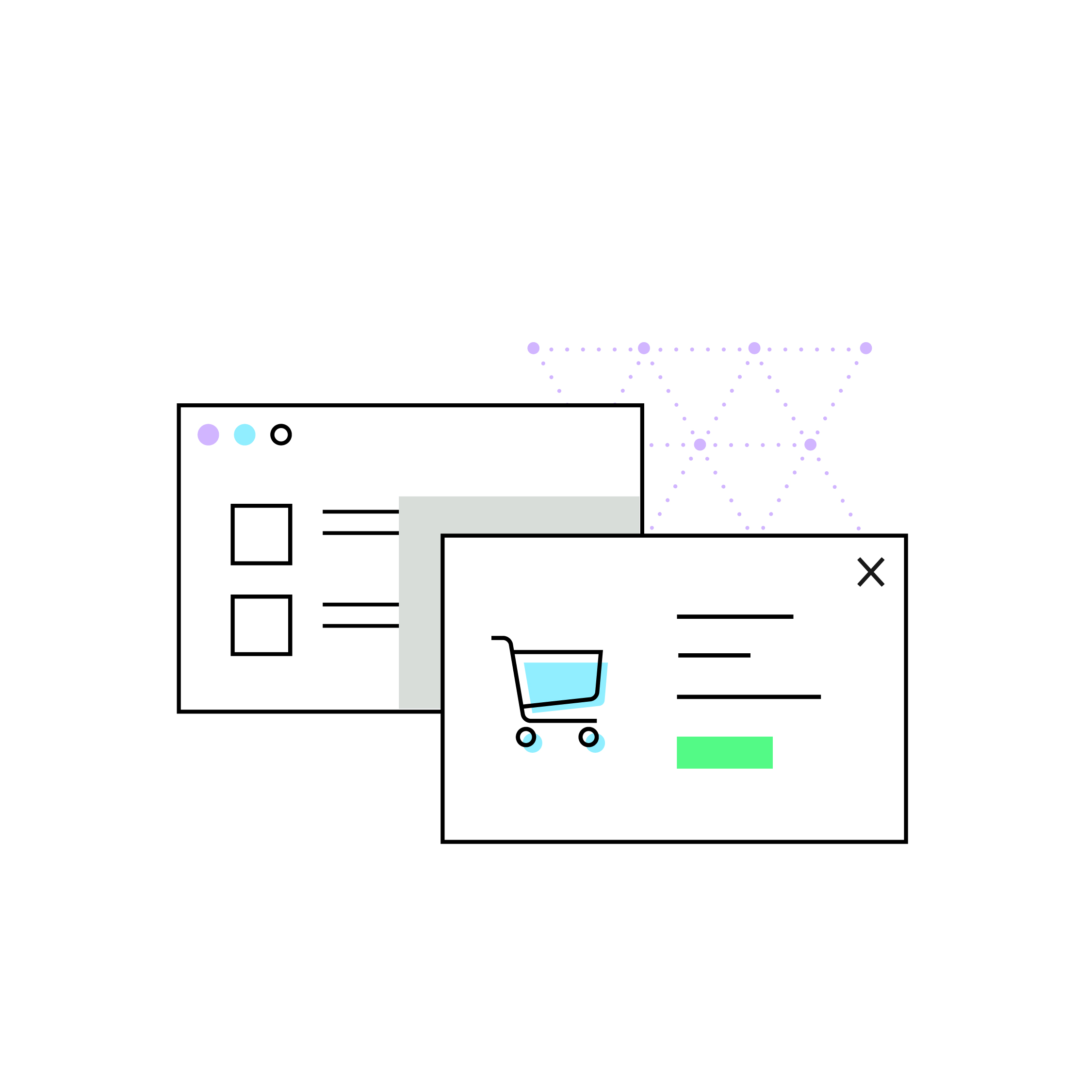Four key steps to optimizing your Amazon store
by November 1, 2023
Please note: This blog was originally published in 2020. It’s since been updated for accuracy and comprehensiveness.
Do you know what your most profitable brands and suppliers are? Or how about which of your SKUs generate the highest profit?
As a retailer on the most volatile online marketplace that is Amazon, nothing is more important than knowing how to stay one step ahead of the game. Keeping up with inventory and staying on top of the competition is a daily battle that rewards the well-armed and well-prepared.
If you’re feeling overwhelmed, focus on these 4 key areas for your biggest wins.
Step 1: Profit analysis
We constantly refer to the Pareto Principle when looking at a retailer’s inventory. That is, 80% of your profits come from 20% of your inventory. By breaking down your brands and suppliers by revenue, you can easily see where the bulk of your profit is coming from. Knowing which of your SKUs are generating the highest total profit is the best way to know what you should be restocking. This may sound intuitive, but we’ve found many sellers keep restocking SKUs (and therefore, tying up capital) that are making very little money, or even losing them money after accounting for fees and return rates!
Step 2: Sourcing new products
Now that you know which of your existing products are profitable enough to restock, it’s time to look for profitable new items. Start with the lowest hanging fruit: your existing brands and suppliers. You already have a contact there, and you’ve (hopefully!) had success selling their products. Half the battle is building a relationship with a new supplier, so leverage that in growing your inventory.
When looking at your options from a brand, make sure to calculate all costs so you know what your profit margins will look like on a specific item. And always scope out the competition on Amazon to see if you’ll be competitive. If Amazon is on the listing, stay far, far away.
Step 3: Strategic repricing
Any Amazon seller with a high inventory will need to use some sort of auto-repricer. There are many different options out there and in many different price ranges. It’s important to consider what’s best for your specific business model, and we always recommend using a real-time repricer that is customizable to case-by-case and seasonal demands, but here are a few tips when setting up basic repricing on Amazon:
- Ceiling prices should generally be set at MRSP + 10-15%
- For floor prices, calculate your bottom line to make sure you don’t take a loss. Make sure to factor in Amazon fees, return rates, and holding costs. Also, don’t forget about MAP pricing. You don’t want to burn bridges with your vendors by breaking MAP rules.
- If using Fulfillment by Amazon, (FBA), keep in mind that you can price your items at 2-10% higher than your Fulfilled by Merchant competitors.
- If you want to take an aggressive strategy, price at least 2% below competitors to consistently win the Buy Box.
Step 4: Restock, review, repeat
With profitable products in hand, you’re well on your way. Next it comes down to monitoring your sales and inventory on all of your SKUs so you can keep up with proper restocking techniques and not miss out on sales you could be making. On the flip side, while focusing on profitable products, you don’t want to overlook your stale inventory. Think of stale inventory as wads of cash sitting in a safe that you don’t have the code to. It’s not earning anything and you can’t use it. And for FBA sellers, it could be incurring long-term storage fees. Stale inventory is literally a waste of space!
This is a broad outline of the basics, but running an Amazon business is just as much about taking care of the day-to-day operational details. We’ve also put together a free, easy to follow checklist so you can see how your store stacks up.
This guest post was written by Alasdair McLean-Foreman of Teikametrics.com.








